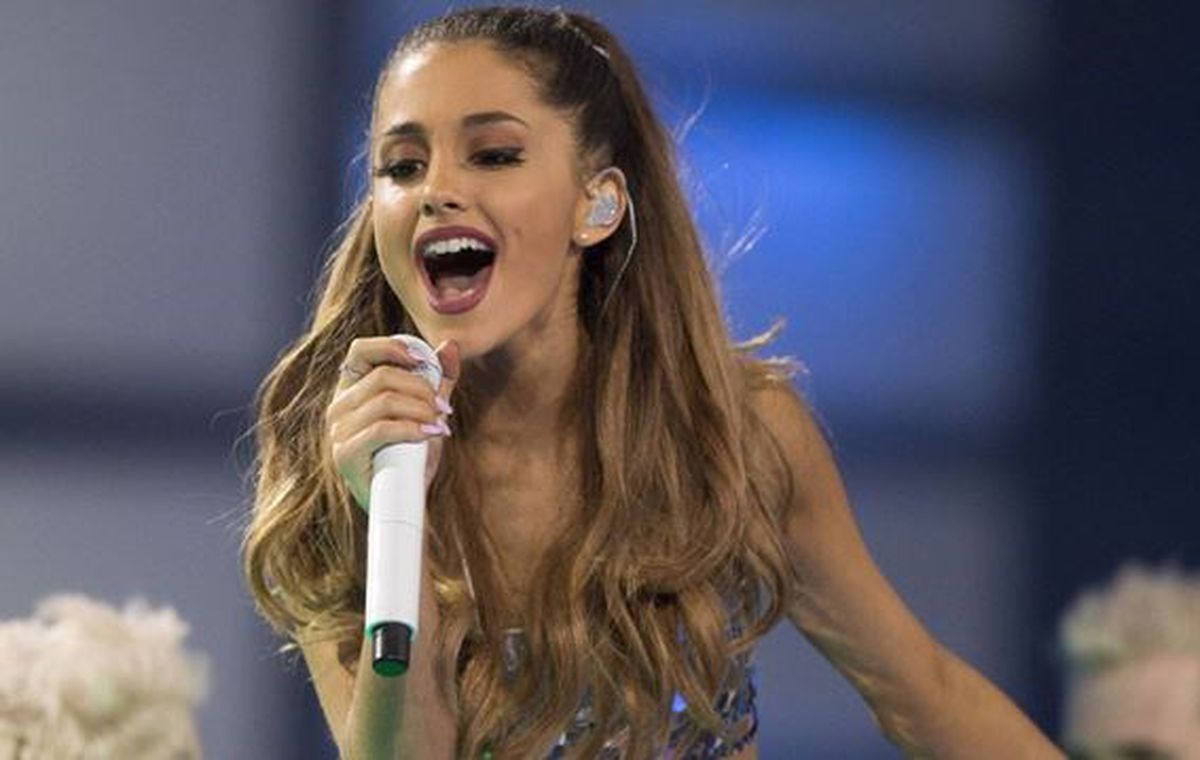Young women and girls pack Ariana Grande’s concerts, snap up her songs the moment they’re released and follow her every social media post. In her music, shows and videos, Ms. Grande — ever-smiling as she unleashes a soaring voice — is what her fans long to be: Self-assured, sexy, talented, optimistic, in control and proudly feminine. Pink balloons drop at the end of her concerts — a deliberately chosen color — and many of her fans were happily clutching them on the way out of the Manchester Arena when a terrorist’s bomb exploded there on Monday.

Whether Ms. Grande’s show in particular or simply a large, vulnerable crowd was the target of the bombing in England has not been established. But the attack, for which the Islamic State has claimed responsibility, killed fans — including an 8-year-old girl — who had gathered to enjoy Ms. Grande’s amorous self-assurance.
Making her way from a squeaky-clean teenage Nickelodeon actress to a pop singer who can headline arenas worldwide, Ms. Grande has expertly navigated a 21st-century path to stardom. With her trademark high ponytail, long eyelashes and kitty-cat ears headband (lately switched to bunny ears), she has evolved, slowly and deliberately, into an act suitable for grown-ups, though she has remained careful not to alienate adolescent fans (or, more to the point, their parents). When she made her first solo album, she recalled to The New York Times in 2014 that her goal was to be “a little ’50s pinup” — “a good girl, goody two shoes, Audrey Hepburn, classic, safe, feminine, soft, girlie.”

But just a few years later, Ms. Grande, now 23, presents herself as a cheerful pleasure seeker, unashamedly fulfilling her desires — not a bad girl or a boy toy, but a modern woman who knows exactly what she wants. “A little less conversation, a little more touch my body,” she urged in her 2016 hit, “Into You.”
Still, unlike, say, Miley Cyrus, whose rebellion from the Disney machine was swift and in your face, Ms. Grande was patient and coy in her maturation. Even her one public scandal — she was caught on camera licking a doughnut she hadn’t paid for — was rated PG. (“I was so disgusted with myself,” she wrote in an apology.)
She has also grown more overtly feminist.

“I am tired of living in a world where women are mostly referred to as a man’s past, present, or future PROPERTY/POSSESSION,” Ms. Grande wrote in 2015, in a widely shared open letter after a public breakup. “I … do not. belong. to anyone. but myself. and neither do you.”
Beyond young girls, Ms. Grande has cultivated a diverse fan base and spoken plainly about her interest in LGBT issues; on concert stages she urges audiences to celebrate being different.
“I was raised in a household where being gay was like, the most normal thing,” she told V Magazine in 2015. “You know, my brother is gay, all of my best friends are gay. When my brother came out of the closet, it wasn’t a big deal for my family. Even my grandpa, who is like, super old-school, was like, Good for you! It’s outrageous to me when I see people hate on someone because of their sexuality. I hate the intolerance. I hate the judgment.”
Ms. Grande’s persona has been built with nonstop productivity: three studio albums (all platinum) since 2013, guest appearances on more than a dozen singles and a constant stream of video clips, television appearances and social-media statements.